Costa Rica, renowned for its lush landscapes , a profound commitment to conservation, has recently been crowned as the leading destination for travelers, outperforming other globally acclaimed locales. This comprehensive exploration delves into the various facets that contribute to Costa Rica’s allure, offering insights into its environmental initiatives, diverse attractions, and the unique experiences that await travelers.
Costa Rica’s title as the leading travel destination highlights our dedication to sustainable beauty and adventure,
said Maria Fernández, Director of the Costa Rican Tourism Board
1. Introduction to Costa Rica’s Prestige in the Travel World
Costa Rica, a small country nestled between Nicaragua and Panama, is often cited as one of the most regions in the world. With a landmass that covers only 0.03% of the planet’s surface, it astonishingly contains 5% of the world’s biodiversity. This natural wealth, coupled with a stable political climate and a friendly populace that make Costa Rica a destination for tourists seeking adventure and tranquility.
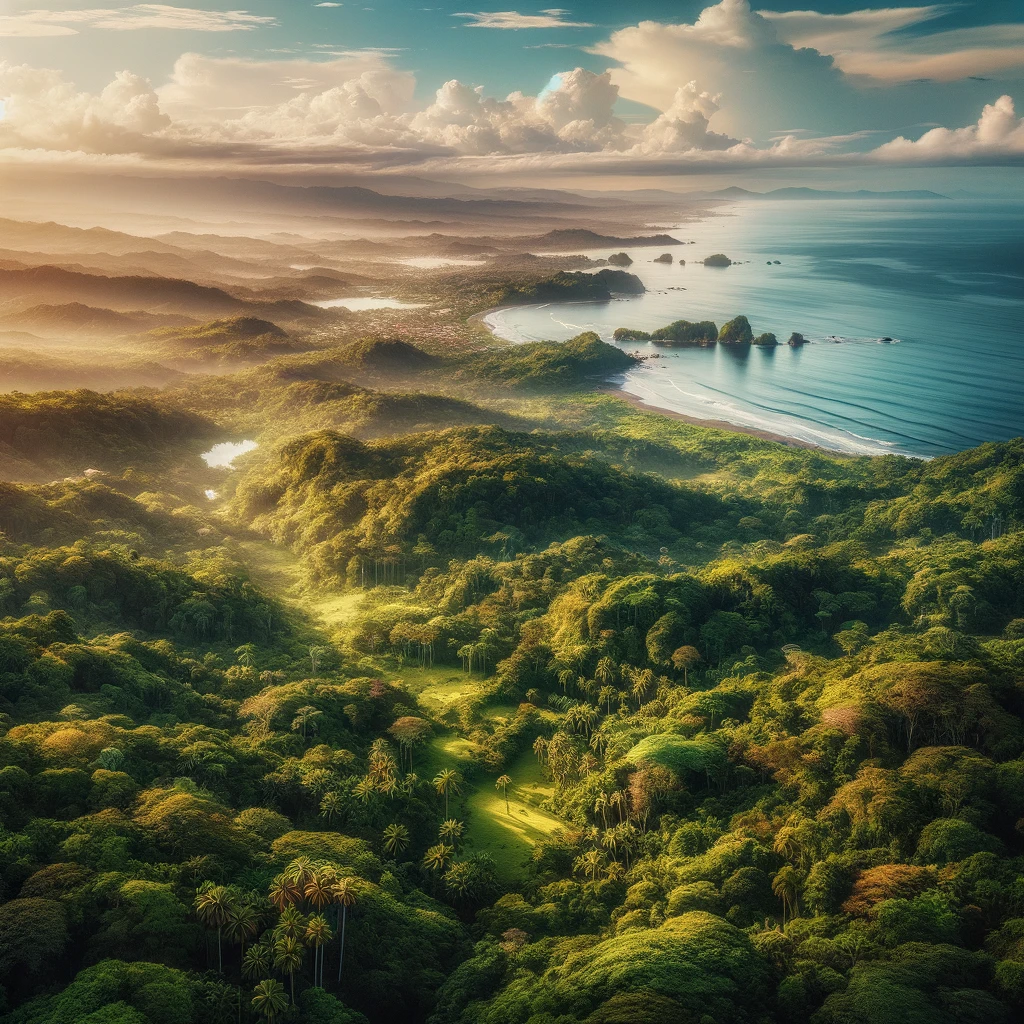
[ruby_related heading=”More Read” total=5 layout=1 offset=5]
2. Environmental Sustainability: A Cornerstone of Costa Rican Tourism
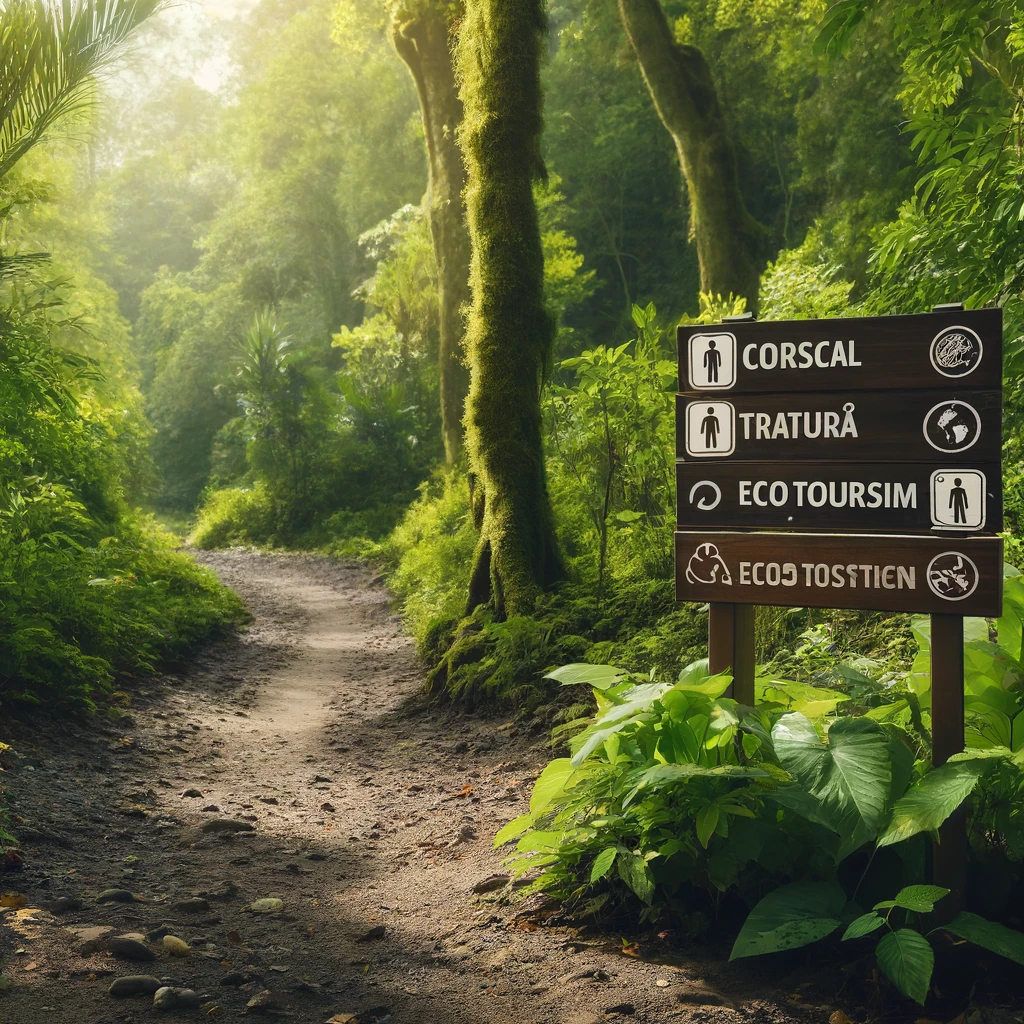
Costa Rica’s approach to tourism is deeply entwined with its commitment to sustainability. The country has been a pioneer in ecotourism, promoting responsible travel to natural areas that conserves the environment and improves the well-being of local people. This ethos is evident in the extensive network of national parks and protected areas that cover more than 25% of the country’s territory.
3. Costa Rica’s Diverse Attractions
3.1 Natural Wonders
From the cloud forests of Monteverde to the stunning beaches of Manuel Antonio, Costa Rica offers an array of natural attractions. The Arenal Volcano, an active stratovolcano, provides a spectacular backdrop for numerous thermal springs, while the lush Corcovado National Park has been described by the National Geographic as “the most biologically intense place on Earth in terms of biodiversity.”

3.2 Adventure Tourism
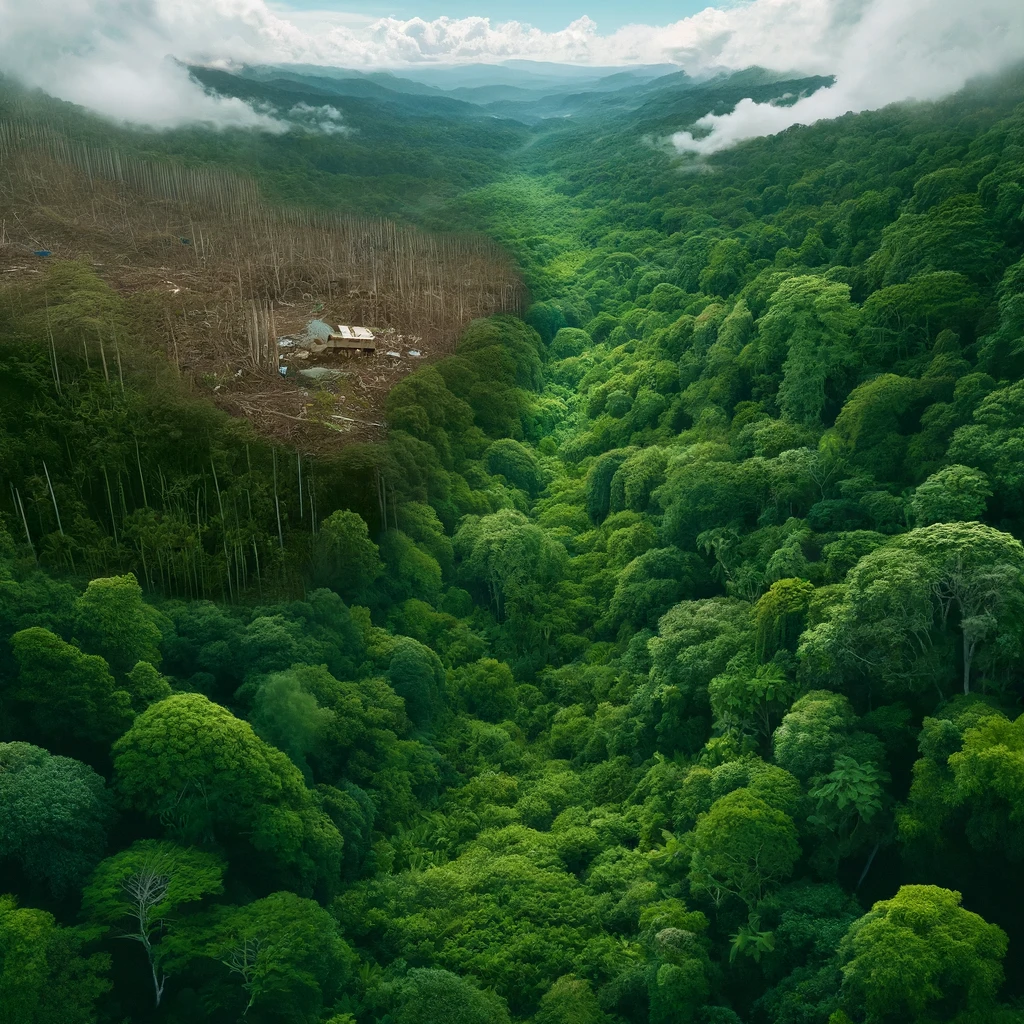
Adventure seekers find a haven in Costa Rica’s vast landscapes. Activities range from zip-lining through cloud-covered rainforests to whitewater rafting on the Pacuare River. Surfing is also a major draw, with spots like Jacó and Tamarindo attracting surfers from around the globe.
3.3 Cultural Experiences

Beyond its environmental offerings, Costa Rica provides deep cultural experiences, whether through its indigenous heritage or the vibrant Tico culture. The Boruca Tribe, known for their intricate masks and vibrant festivals, offers tourists a glimpse into the indigenous way of life. Similarly, the country’s coffee plantations provide insights into the art of coffee making, which is integral to Costa Rican culture.
4. Achievements in Conservation
Costa Rica’s achievements in conservation are noteworthy. The country has reversed its deforestation rates from some of the highest in the world fifty years ago to achieving almost 60% forest cover today. This transformation is a result of rigorous conservation policies and a national system of environmental payments that compensates landowners for maintaining forests.
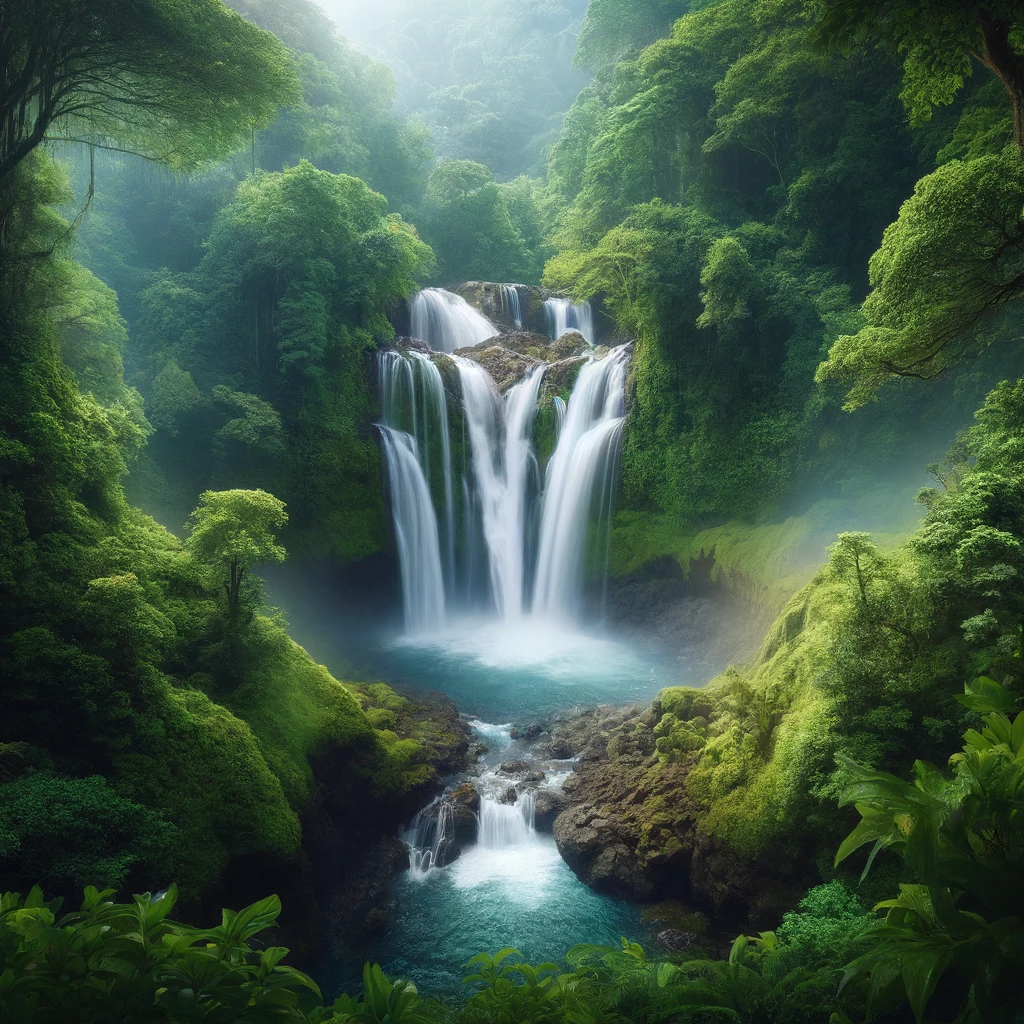
5. Challenges and Opportunities

Despite its successes, Costa Rica faces challenges such as overtourism, which can threaten the very ecosystems that draw visitors. Addressing these concerns, the country has implemented measures like limiting visitor numbers in popular parks and developing less frequented regions as new tourist attractions.
6. What the Future Holds
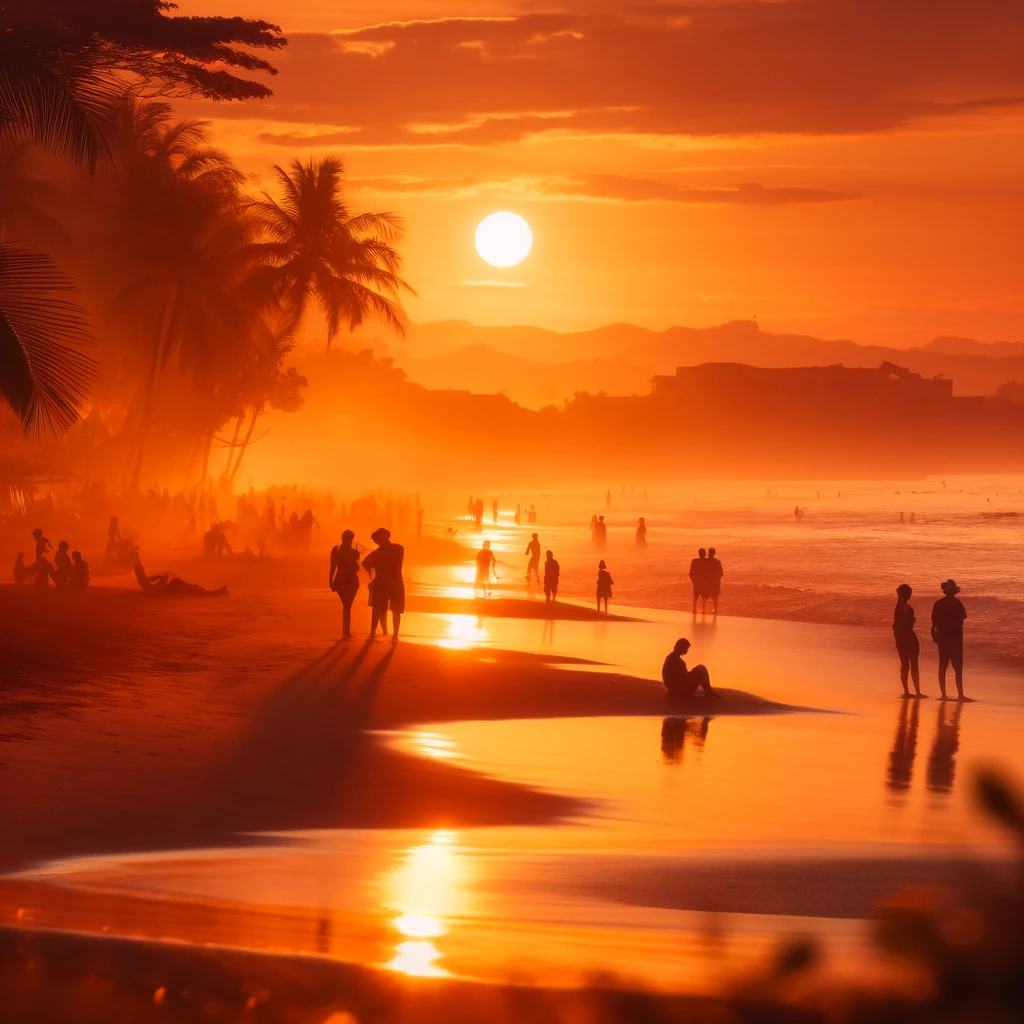
Looking forward, Costa Rica aims to continue its leadership in sustainable tourism. The country is working towards becoming carbon neutral by 2050 and is constantly innovating in areas of renewable energy and sustainable practices. This forward-thinking approach ensures that Costa Rica will remain an attractive destination for eco-conscious travelers.
7. Conclusion
Costa Rica’s accolade as the leading travel destination is a testament to its unparalleled natural beauty, robust conservation efforts, and a warm, welcoming culture. For travelers looking to explore a destination that offers both adventure and the opportunity to contribute to conservation, Costa Rica stands out as a premier choice. This blend of natural wonders, sustainability, and cultural richness is what makes Costa Rica not just a place to visit, but a place to learn and grow.
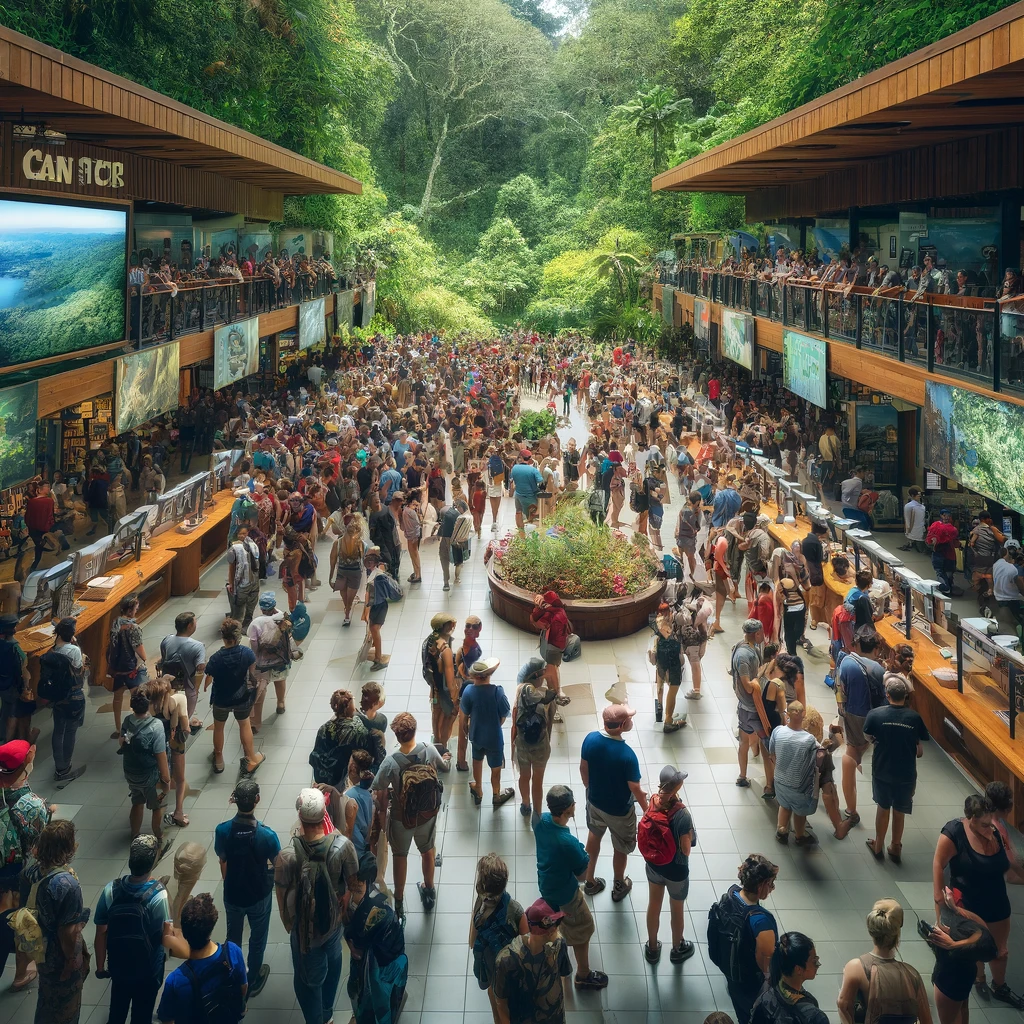






Thank you for your sharing. I am worried that I lack creative ideas. It is your article that makes me full of hope. Thank you. But, I have a question, can you help me?
Thanks for sharing. I read many of your blog posts, cool, your blog is very good.
The post is share-worthy. I loved it and will definitely {share|bookmark) it. Thank you for sharing such an insightful post.
Your blog consistently surprises me with insightful content. Thank you for always sharing first-rate articles.
Can you be more specific about the content of your article? After reading it, I still have some doubts. Hope you can help me.
Your article helped me a lot, is there any more related content? Thanks!
Thanks for sharing. I read many of your blog posts, cool, your blog is very good.
Your article helped me a lot, is there any more related content? Thanks!
Thanks for sharing. I read many of your blog posts, cool, your blog is very good.
Your point of view caught my eye and was very interesting. Thanks. I have a question for you.
I don’t think the title of your article matches the content lol. Just kidding, mainly because I had some doubts after reading the article. https://www.binance.com/join?ref=P9L9FQKY
Your article helped me a lot, is there any more related content? Thanks!
Thanks for sharing. I read many of your blog posts, cool, your blog is very good.
I don’t think the title of your article matches the content lol. Just kidding, mainly because I had some doubts after reading the article.
Can you be more specific about the content of your article? After reading it, I still have some doubts. Hope you can help me.
Your article helped me a lot, is there any more related content? Thanks!
Your point of view caught my eye and was very interesting. Thanks. I have a question for you.
Thank you for your sharing. I am worried that I lack creative ideas. It is your article that makes me full of hope. Thank you. But, I have a question, can you help me?
Your article helped me a lot, is there any more related content? Thanks!
Can you be more specific about the content of your article? After reading it, I still have some doubts. Hope you can help me.
Your article helped me a lot, is there any more related content? Thanks! https://accounts.binance.com/register?ref=P9L9FQKY
Your point of view caught my eye and was very interesting. Thanks. I have a question for you. 注册获取100 USDT
Your point of view caught my eye and was very interesting. Thanks. I have a question for you.
Your article helped me a lot, is there any more related content? Thanks!
Your article helped me a lot, is there any more related content? Thanks!
**mindvault**
mindvault is a premium cognitive support formula created for adults 45+. It’s thoughtfully designed to help maintain clear thinking
Thank you for your sharing. I am worried that I lack creative ideas. It is your article that makes me full of hope. Thank you. But, I have a question, can you help me?